Wild honey is one of the rarest varieties of this bee product. It is produced only by wild bees. The main places of their habitat - Bashkiria and some areas of the Carpathians, the Ural Mountains. Often such honey is called the bortoviy - the place where the bees make their nest (hollow, stump).
Before talking about honey, you should tell a little about the workers - wild bees.
They are different from home for their endurance, ability to withstand low temperatures. They have a peculiar dark gray color and live by many thousands of families. Differ in their aggressiveness, and this is understandable, since no one creates “greenhouse conditions” for them.To survive, such bees have to more violently defend the right to exist.
Often their wild animals destroy nests, to enjoy Medcom - the most nutritious product of the virgin nature. But not only the animals destroyed the board. For a long time people also disturbed forest and mountain workers. Such a concept as beekeeping, implied the search for bee nests and the extraction of honey from them. Of course, the sides collapsed. Bees had to start all over again.
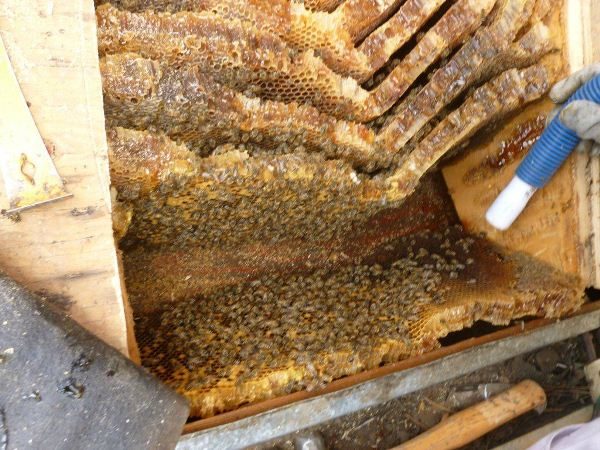
Over time, people began to make boards to control the process of colonization by wild bees at a particular place. This usually happens the next year after installing such an artificial nest.
In addition, in rocky terrain with inaccessible location, honey hunters notice bees swarming in advance, create additional favorable conditions for the creation and expansion of the nest.
In the wild honey there is no clearly defined melliferous purity.
Table of contents
The taste and color of wild honey
Wild honey is very fragrant, has a pleasant, rich taste, a little tart. This is due to its composition and the fact that This variety is harvested once a year - in August. That is, honey manages to stand, excessive moisture evaporates from it.
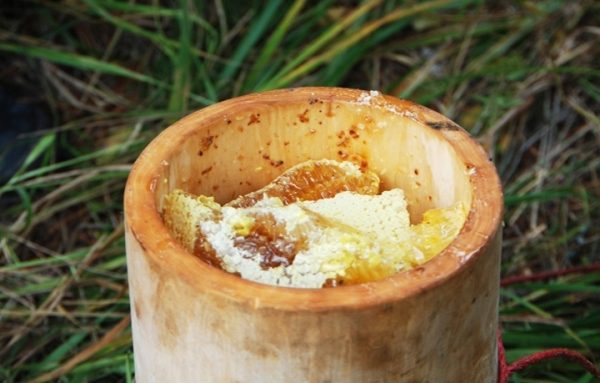
It has a dark brown color. In appearance very beautiful. Consistency - thick, viscous.
Ingredients: vitamins and minerals
By composition wild honey is rich in microelements and biologically active substancesand, the main ones are:
- Manganese;
- Fluorine;
- Calcium;
- Iron;
- Copper;
- Zinc;
- Iodine.
The composition has ascorbic acid (vitamin C), vitamins of group B, vitamin K and E, and others.
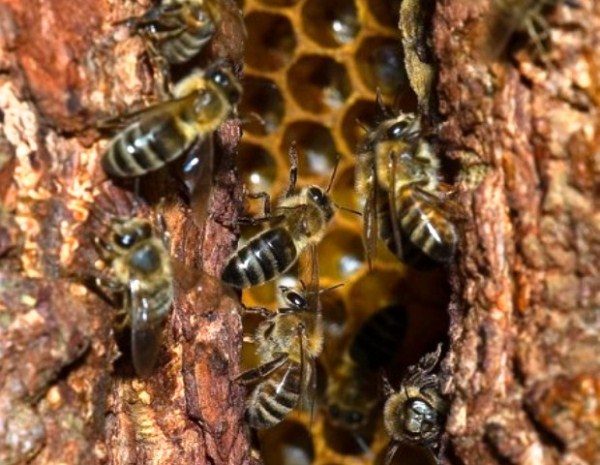
In the board honey contains the following bee products:
- Bee venom;
- Pollen;
- The drone brood;
- Wax;
- Zabrus;
- Bee milk;
- Perga.
In this way, wild honey - trace element concentratein, biologically active substances, enzymes, fructose, glucose, sucrose, interspersing bee products.
You may be interested in the composition and properties of other varieties of honey:
- Useful properties and contraindications honey from kandyk
- Useful properties and contraindications clover honey
- Useful properties and contraindications dyagilovogo honey
- Useful properties and contraindications honey manuka
Beneficial features
Wild honey due to the presence in the composition of pollen has anti-inflammatory, antitumor, diuretic and choleretic, antitumor properties. He is a great antioxidant. These useful properties are not limited.
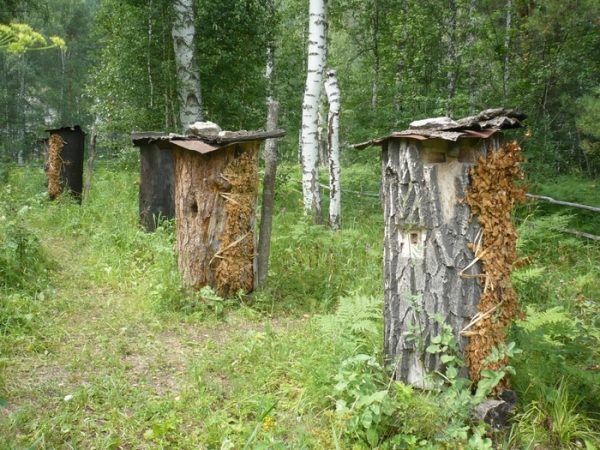
The composition of this variety helps in the fight against malicious microbes, improve the body's immunity. Honey has a tonic and restorative effect on the body, especially after mental and physical exertion. This product beneficial effect on the nervous system, gives a calming effect.
is he improves appetite. To activate the digestive processes, this variety is consumed in the morning on an empty stomach, with a glass of water.
As part of the onboard honey is royal jellywhen used improves the flow of metabolic processes in the body.
Because of its rarity, the confectionery industry is not used.
Contraindications and harm
Wild honey not recommended for children under two years and those who are allergic to bee products. Otherwise, it is even possible to get anaphylactic shock and an asthma attack. Should be cautious when consuming pregnant and people with diabetes.
About honey plant
Wild Honey Beads Protrude grass, wild shrubs, trees: thyme; phacelia, hawthorn, dagil, sage, ivan-tea, mint, rosehip, acacia, blackthorn and others.
Plants bloom at different times, but the collection period is still quite limited, so wild bees collect pollen in any weather.
Storage conditions
Recommended storage temperature - from 5 to 7 degrees with a plus. Raising the temperature above 40 degrees Celsius, or lowering below 30 degrees Celsius, will adversely affect the beneficial properties of this product. Respectively, do not stand to warm the honey or keep in the refrigeratort.
Supporting air humidity above 60%, you can not worry that honey absorbs the environment moisture in itself.
What are the main diseases treats?
Wild honey helps to cure rheumatism, cystitis, bowel disease, tachycardia. For respiratory diseases (bronchitis), acute respiratory (influenza), frontal and nasal sinuses (sinusitis, rhinitis), it is recommended to use this product for headaches.
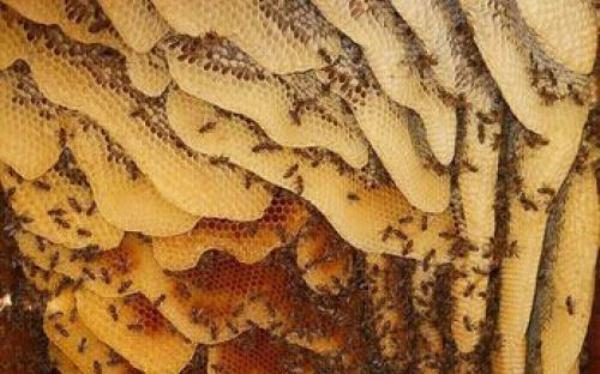
This variety is useful for gastritis, ulcerx, other diseases of the gastrointestinal tract, as well as for the normalization of metabolism in the body.
Wild honey is used both for prophylactic purposes and in combination with drugs to enhance the positive effect.Due to its unique composition He is rightly considered one of the most sought after varieties of honey.. Its only drawback is small production volumes. Hence the high cost. But the owners of this natural product will be able to fully experience the benefits of wild honey.
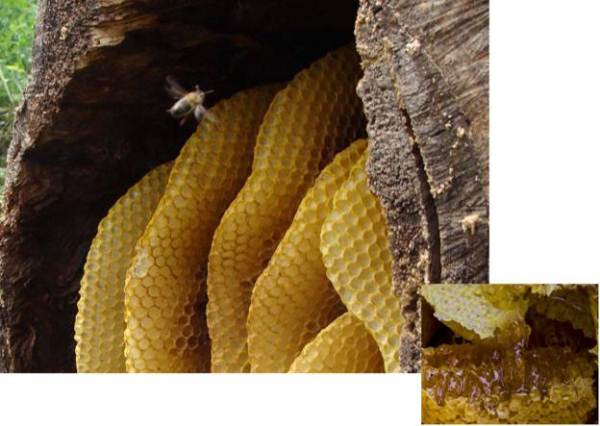
Very interesting and informative article. I did not know that honey can not be stored in the refrigerator. Is it possible to add honey to cold foods, such as milkshakes, do you lose any beneficial properties?
You can, Ksenia, the main thing is not to add to products whose temperature is below -30)))
Very useful read thanks!